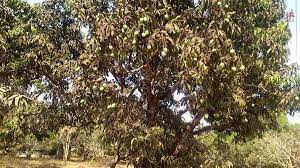Four More Biodiversity Heritage Sites:

West Bengal recently notified four more biodiversity heritage sites (BHS), taking the tally in the state to eight.
- Biodiversity Heritage Sites (BHS) are unique ecosystems having rich biodiversity comprising of any one or more of the following components:
- Richness of wild as well as domesticated species or intra-specific categories.
- High endemism.
- Presence of rare and threatened species, keystone species, and species of evolutionary significance.
- Wild ancestors of domestic/cultivated species or their varieties.
- Past pre-eminence of biological components represented by fossil beds and having significant cultural, ethical or aesthetic values and are important for the maintenance of cultural diversity, with or without a long history of human association with them.
- Under Section-37 of the Biological Diversity Act, 2002, the State Government, in consultation with local bodies, may notify areas of biodiversity importance as BHS.
- The State Government, in consultation with the Central Government, may frame rules for the management and conservation of BHS.
- The creation of BHS may not put any restriction on the prevailing practices and usages of the local communities other than those voluntarily decided by them.
- The purpose of declaring BHS is to enhance the quality of life of the local communities through the conservation of such sites.
- In 2007, the Nallur Tamarind Grove in Bengaluru, Karnataka, was designated as India’s first BHS.




